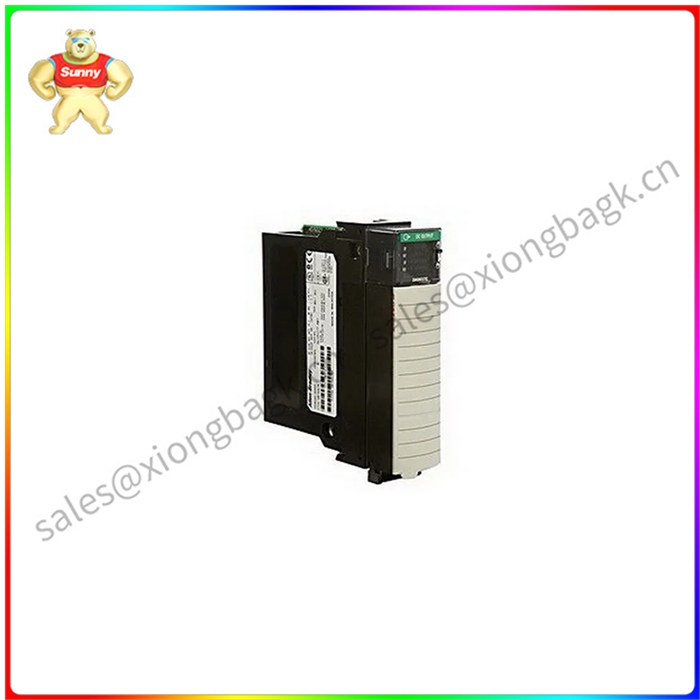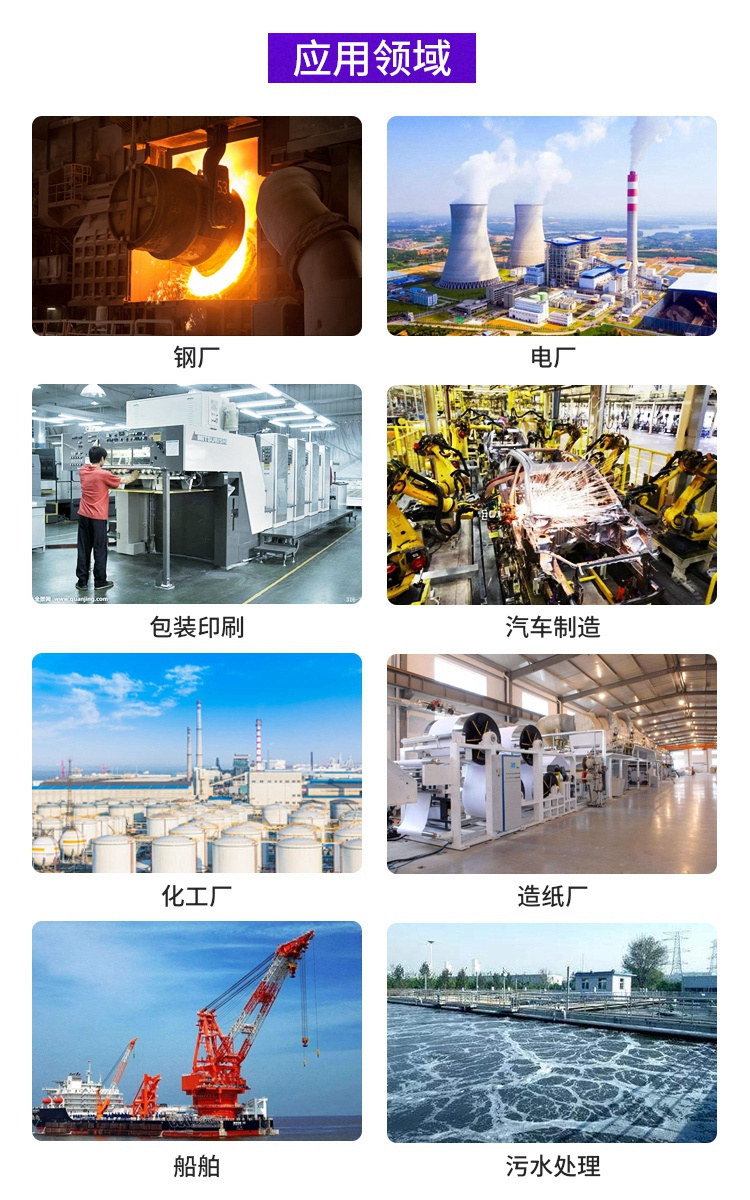1756-L81E-NSE 模拟量控制 可编程处理器
1756-L81E-NSE 是罗克韦尔自动化(Rockwell Automation)的一款模拟量控制可编程处理器,属于ControlLogix系列。这款处理器结合了高性能计算能力、灵活的编程能力和广泛的通信接口,特别适用于需要精 确模拟量控制的工业自动化应用。 以下是关于1756-L81E-NSE模拟量控制可编程处理器的一些关键特性: 高性能计算:该处理器具备强大的计算能力,可以快速执行复杂的控制算法和数据处理任务,确保系统的高响应速度和精 确性。 模拟量控制:1756-L81E-NSE支持模拟量输入/输出(AI/AO)功能,能够接收和处理模拟信号,如温度、压力、流量等。通过精 确的模拟量控制,它可以帮助实现对工业过程的精 确调节和优化。 灵活的编程:作为一款可编程处理器,1756-L81E-NSE支持多种编程语言,如结构化文本(Structured Text)、功能块图(Function Block Diagram)等。工程师可以根据具体的应用需求,使用熟悉的编程语言来编写控制逻辑和算法。 广泛的通信接口:该处理器支持多种通信协议和接口,如以太网/IP、ControlNet、DeviceNet等,可以与其他工业自动化设备和系统进行无缝通信。这使得它能够方便地集成到现有的工业网络中,实现数据的实时传输和共享。

1756-L81E-NSE 模拟量控制 可编程处理器
The 1756-L81E-NSE is an analog control programmable processor from Rockwell Automation, part of the ControlLogix family. The processor combines high-performance computing power, flexible programming capabilities and a wide range of communication interfaces, making it particularly suitable for industrial automation applications that require precise analog control. Here are some of the key features of the 1756-L81E-NSE analog control programmable processor: High Performance Computing: The processor has powerful computing power to quickly perform complex control algorithms and data processing tasks, ensuring high system response speed and accuracy. Analog control: The 1756-L81E-NSE supports analog input/output (AI/AO) functions and is able to receive and process analog signals such as temperature, pressure, flow, etc. With precise analog quantity control, it can help achieve precise regulation and optimization of industrial processes. Flexible programming: As a programmable processor, the 1756-L81E-NSE supports a variety of programming languages, such as Structured Text, Function Block diagrams, and more. Engineers can use familiar programming languages to write control logic and algorithms according to specific application requirements. A wide range of communication interfaces: The processor supports a variety of communication protocols and interfaces, such as Ethernet /IP, ControlNet, DeviceNet, etc., allowing seamless communication with other industrial automation devices and systems. This allows it to be easily integrated into existing industrial networks to achieve real-time transmission and sharing of data.






 QQ在线客服
QQ在线客服